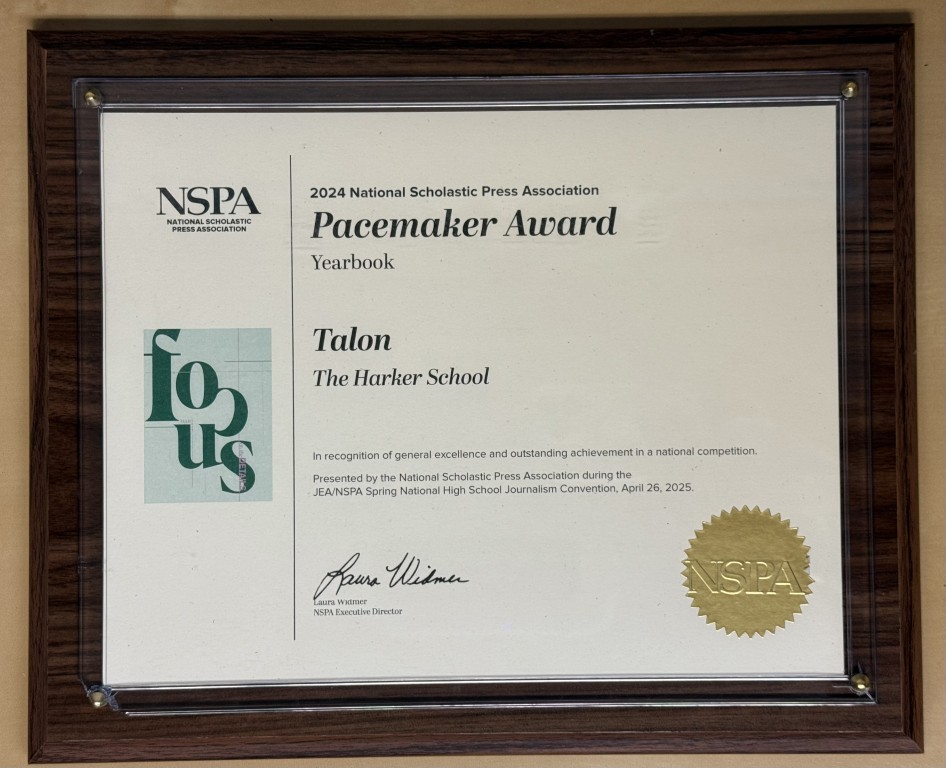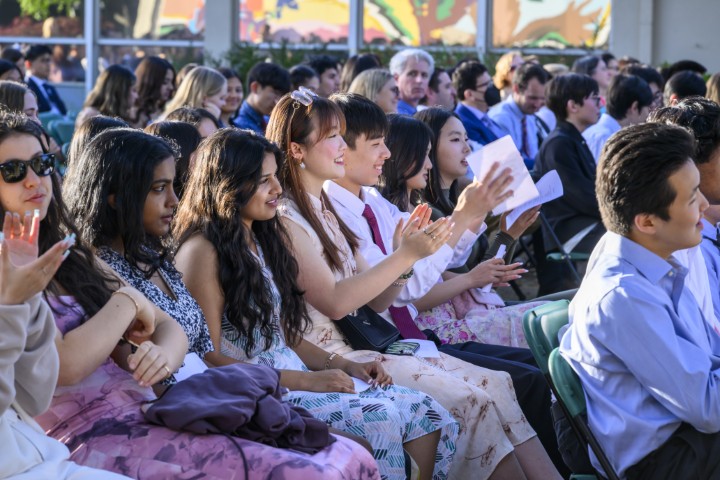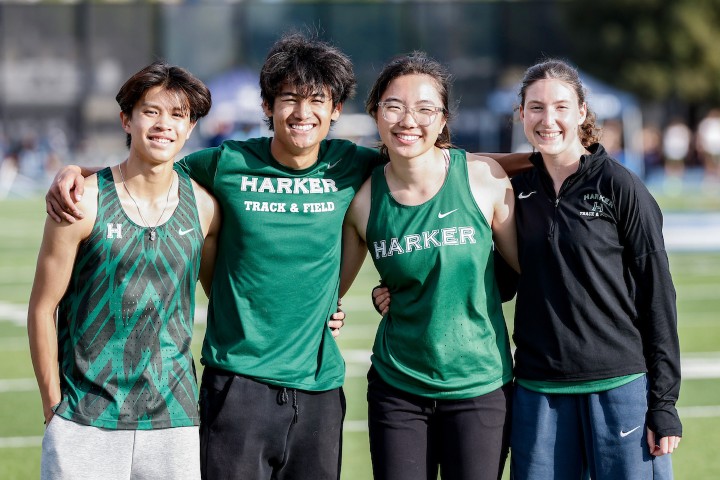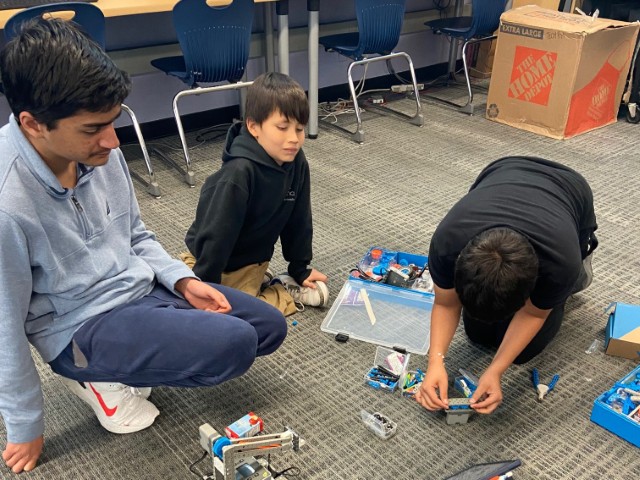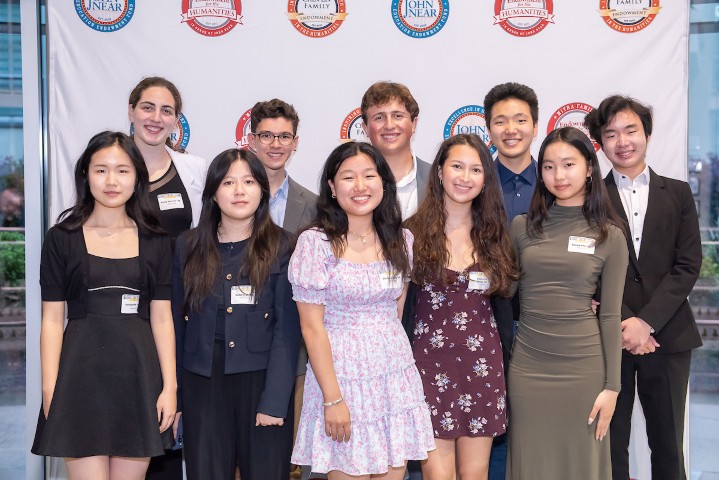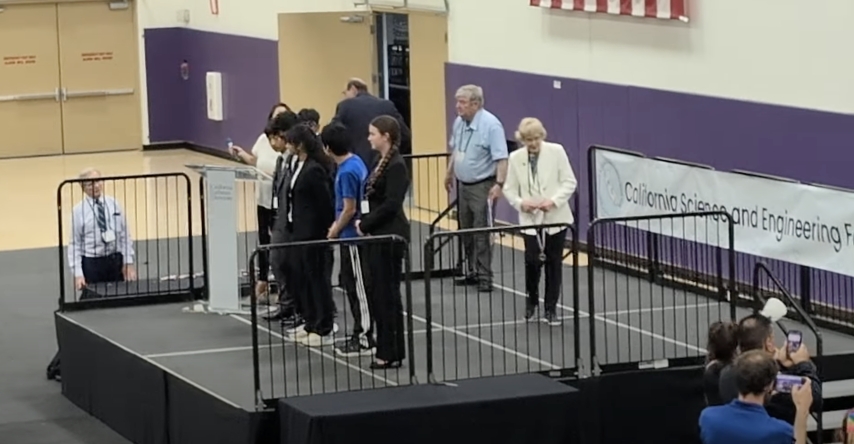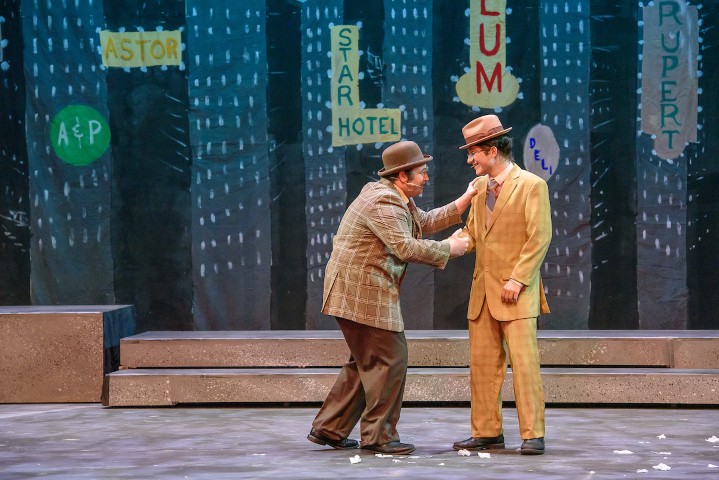National Merit Scholarship Corporation recently announced the first two rounds of graduating seniors who have won scholarships in the 2025 National Merit Scholarship Program.
alumni-express
Journalism enjoys historically successful spring semester
Harker’s journalism program saw many successes during the spring semester, most recently with the TALON yearbook and Winged Post newspaper winning first place in the Journalism Education Association Northern California’s Best of the West awards.
Harker sends well-wishes to Class of 2025 at Baccalaureate
The Class of 2025 was joined by the juniors, faculty and their families at the upper school quad for this year’s Baccalaureate ceremony.
Eagle Update: Girls track and field makes history
Girls track and field won the first WBAL track and field championship in Harker history.
Student-founded non-profit receives grant from Texas Instruments
STEM Veda, a non-profit organization founded by sophomore Rohan Goyal, recently received a $2,500 grant from Texas Instruments to expand its operations.
2024-25 Near-Mitra Scholars recognized at ceremony
Families and friends of this year’s Near-Mitra Scholars gathered at Nichols Auditorium for this year’s Annual Recognition Event.
Harker singers take top honors at Anaheim Heritage Festival
Harker vocal groups Festival Chorus and Capriccio received honors in their respective divisions at the WorldStrides Heritage Festival.
23 students take top spots at California Science and Engineering Fair
Twenty-three middle and upper school students recently had high placings at the 2025 California Science and Engineering Fair, held in Thousand Oaks, Calif.
Nearly 70 students win awards at 2025 Synopsys Championship
Two juniors nominated for 2025 Rita Moreno Awards
Juniors Tom Campisi and Simon Kirjner have been nominated for Rita Moreno Awards.

